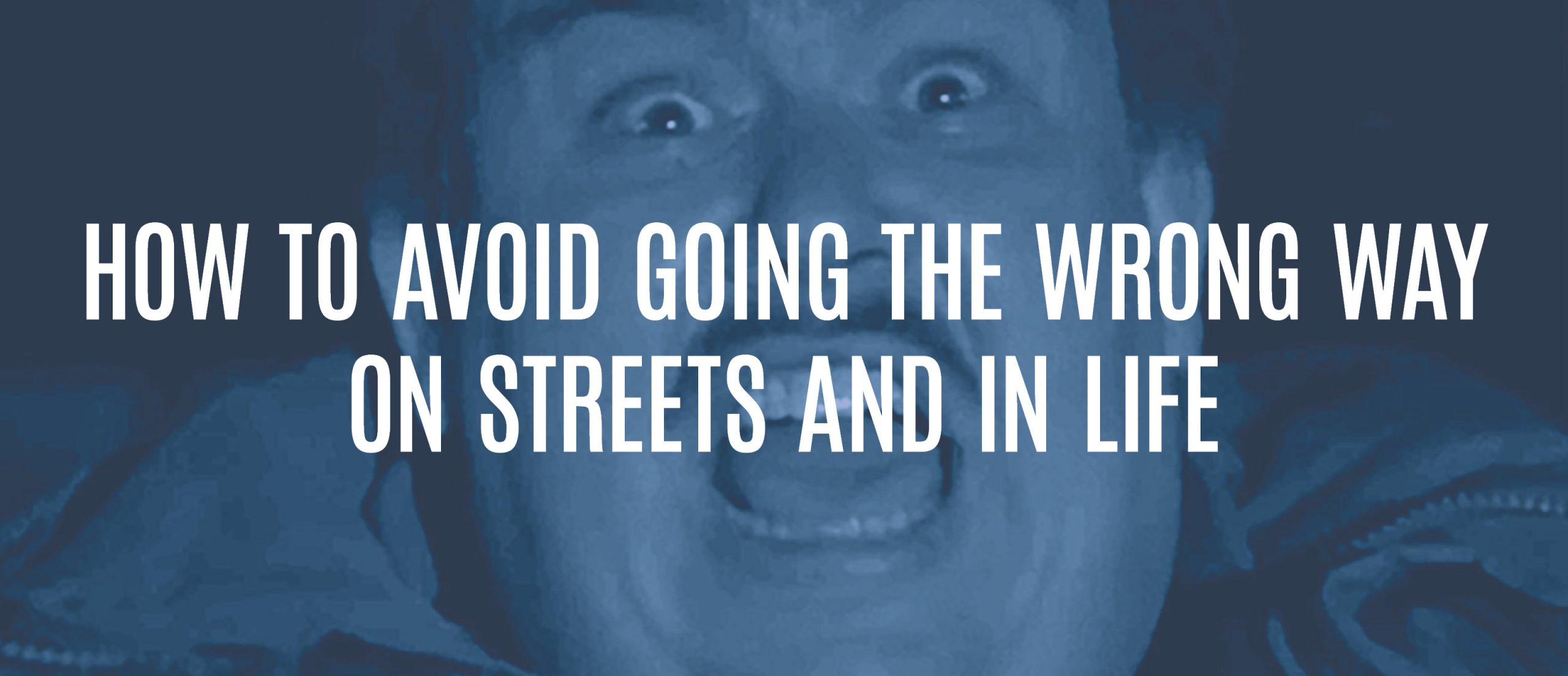
CHAOS AT THE CURB
Unsuspecting as it appears, the humble curb is, inarguably, the most untapped public asset in our metropolitan communities and a valuable resource in terms of economy, infrastructure, and pedestrian lifestyle. It’s also a beginning and an end to the
commuter’s journey, their first impression of their destination and their last impression of the place their trip began.
Traditionally, curbs were drop-off points for public transportation and offered parking for businesses. They separated sidewalks from streets and welcomed patrons to storefronts.
No longer.
The way we use curbs today has become a lot more convoluted. It fact, it can seem like a free-for-all.
In the few feet encompassing the sidewalk to the bike lane, curbs have also become speedways for personal mobility, ad-hoc pickup and drop-off points for rideshare companies, temporary parking spots for delivery services, stops and transfers for public trans, designated kiosks for valets, and a variety of parking.
But taming the chaos at the curb has only recently become a priority for cities, who now realize there’s a lot to gain in optimizing the asphalt isthmus. The problem is, the current curb model creates a multitude of mobility issues, not the least of which is congestion. Cities realize they need to transform curb use, but they don’t often realize why or how.
EXTENDING THE CURB
Transforming the curb often means extending it. However, there’s no single solution that works for all urban areas. In the same way that developments off the curb serve people in a variety of ways, extending the curb should be seen as a way to make the most of what’s in demand.
Think about your own city. It’s probably well developed and equally diverse. One district may cater to corporate executives and retail shoppers, while another may offer an abundance of dining experiences and watering holes. One area may offer mixed-use real estate, while a few miles away manufacturers are producing everything under the sun.
This mélange of commerce and community meets different demands. Extending the curb based on an array of demand allows mobility options to support each area’s primary economies.
More and more, city officials are turning to parking assets accomplish just that.
For instance, in a district prioritizing retail and leisure, city planners may use parking garages and valets as additional “curb space” to assist in keeping stopped and double parked vehicles from blocking traffic flow. The planners may separate rideshare loading zones, private vehicle parking, and public trans over the entire curb length of each street instead of designing an environment where they can cluster together and cause traffic backups.
Conversely, if the main focus of a particular area is to throughput drivers as quickly as possible, a stroad (street + road) that reduces turnoff opportunities and limits pedestrian access may be the most efficacious urban element.
As technology continues to play a more predominant role in urban dynamics, it’s more important than ever that we optimize the role of the curb around consumer trends. Parking apps can direct drivers to garages, valets, or available street spots. TNCs can collaborate with city designers to geofence specific areas and shift loading points away from high-volume streets. Dockless mobility services can auto-reduce scooter and bike speeds when on pedestrian walkways.
BUILT-IN MOBILITY
I realize that reshaping urban landscapes from the streets inward seems daunting at first glance. But it’s imperative to making our urban hubs safer, more efficient, and more appealing.
Because life doesn’t happen on a city’s streets. It happens in the restaurants and retail stores, in the corporate suites and the coffee shops. It stretches out in urban parks and jogs along river walks. For most people, life doesn’t happen on city buses or in taxis or at a parking garage; these are just the conduits. In the space between the conduits and where life actually happens is the curb.
Instead of simply supporting curb optimization, cities need to actively design it into their very fibers and understand that, when it comes to redesigning our streets, where the sidewalk ends is where we need to begin.
FINAL THOUGHTS
– Curbs are the most untapped and undervalued in cities today.
– City planning boards, commercial associations, and the community need to determine the goals for their city and prioritize efficient curb use needs to be a focal point in all urban design.
– Repurposing curbs around the demands of a given area can revitalize the entire districts and the streets between them.
– Parking garages should be used as an additional “curb space” to keep keep traffic flowing on city streets
